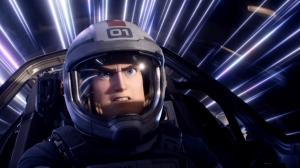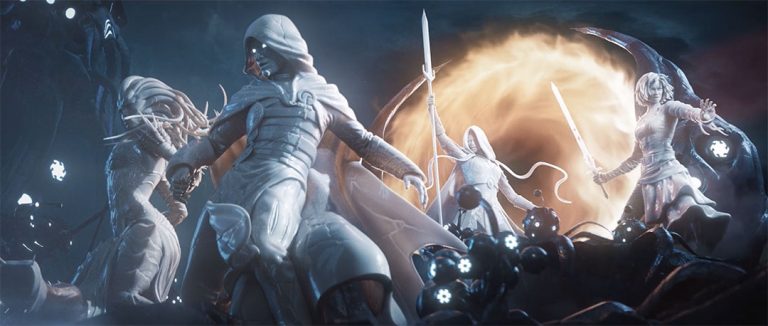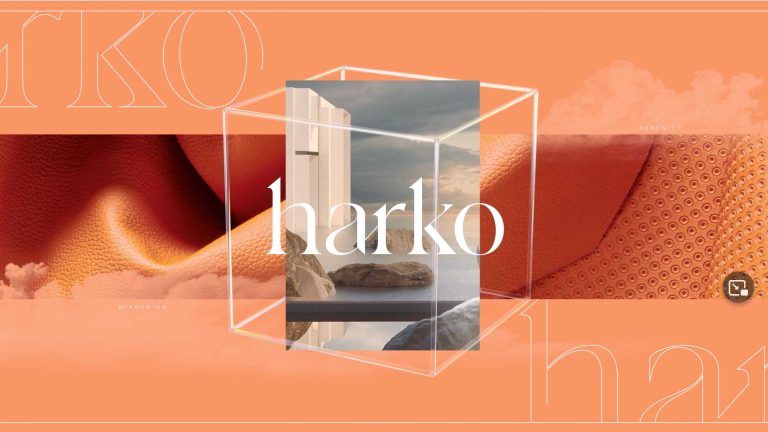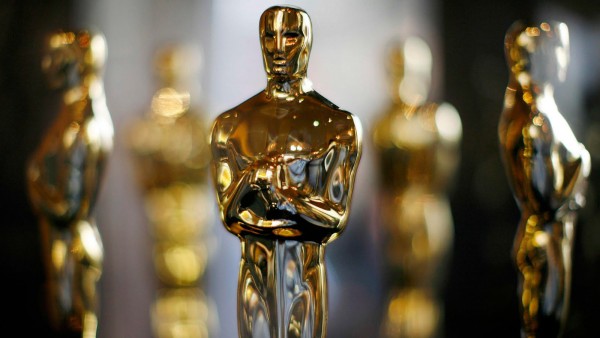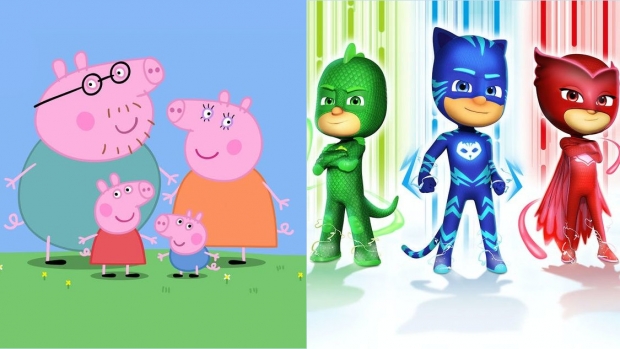With a visual style and featured tech inspired by 70s sci-fi films, Lightyear boasts a 3D/CG world that aims to captivate audiences as much with its vehicles, gadgets, buttons and levers as Toy Story did with toy Buzz’s own state-of-the-art (at the time) action-figure features.
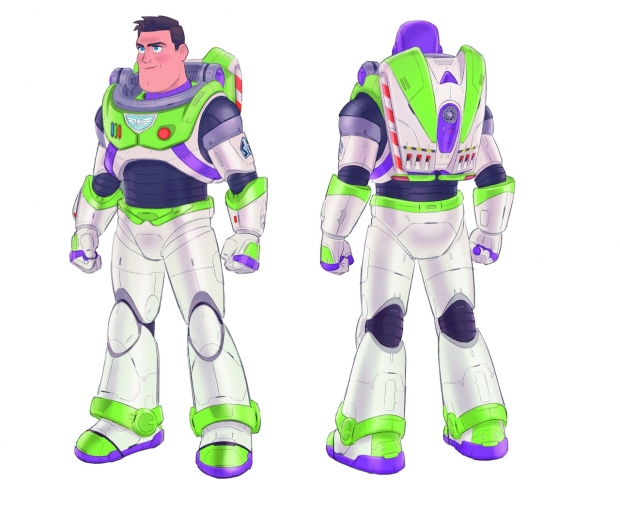
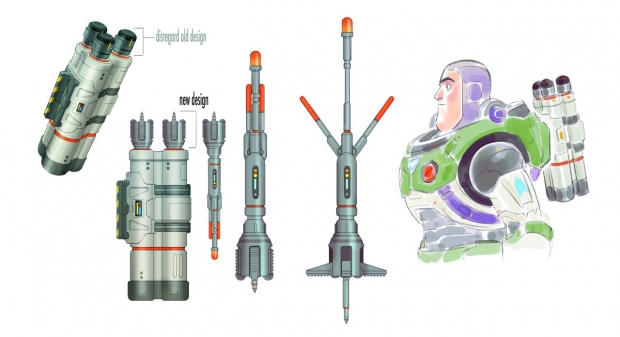
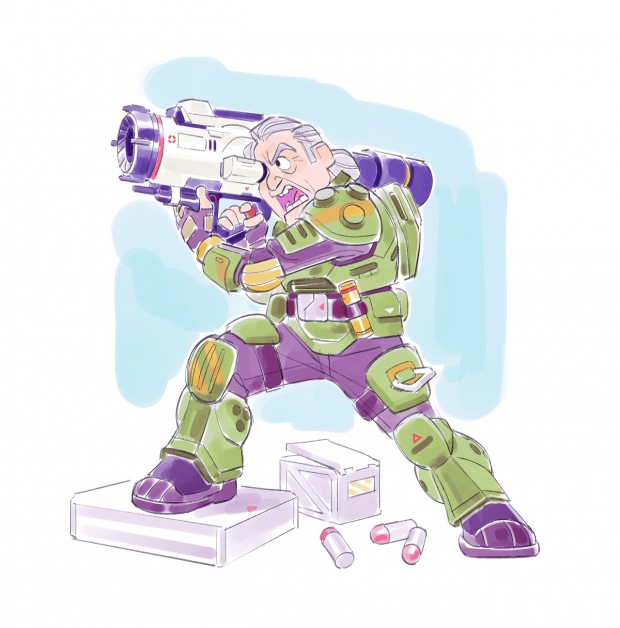
Kalal, Lasky, and Peltz all believe Lightyear is setting up new frontiers in animated filmmaking at Pixar and showcasing the best of what animation is capable of.
He adds, “You have to knock the usual CG gleam off of everything a little bit and make the world feel lived in and make it feel like everything’s real.”
Peltz adds, “All that stuff, even if you’re not noticing it, you feel it. And I think that’s key to getting the reality in, which heightens the realism and the danger of space travel, and the risk that is being posed to our characters doing this.”
“In many movies, the costumes play a role but, in this movie, the spacesuits are essential for Buzz to be able to be safely in a test ship, doing a mission like this,” Kalal explains. “His costume is going to help keep him alive if anything goes sideways. Every gauge and dial and seam and panel has meaning and has purpose for life support. It shows us the heroism of what he’s doing, to remind us that spaceflight is a really dangerous thing to do. And those costumes are kind of like a mini spaceship, to protect you in case something goes wrong. So the emphasis on costumes in this story, and to make so many of them to change over time, was really exciting. We got to be so intentional and so detailed.”
“So, when you go to the IMAX theater and get to see these insert shots and the gloves, it looks fantastic,” says Kalal. “And that’s exactly how it’s meant to be viewed.”
Peltz says getting to work on Lightyear was a dream come true for a “model geek” like himself, who has had a passion for hands-on building since he was young.
In 1995, the world was introduced to the toy that was quickly becoming every kid’s best friend: Buzz Lightyear of Star Command. He had buttons, lights, and an “impressive wingspan.” He brought modern sci-fi magic to the world of Andy’s bedroom as well as to all children who got the chance to watch John Lasseter’s Toy Story. Of course, this was a story about “a child’s plaything.” But, after 27 years, we’re finally getting to see the story of the Space Ranger behind the action figure that was such an integral member of Andy’s collection of playtime companions.
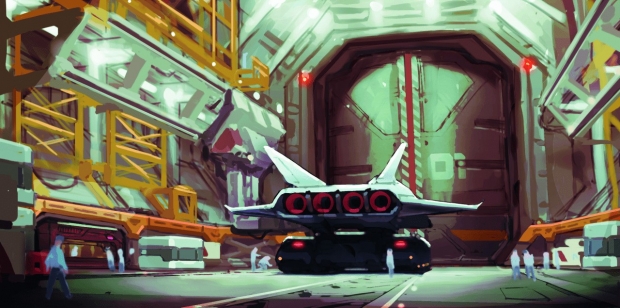
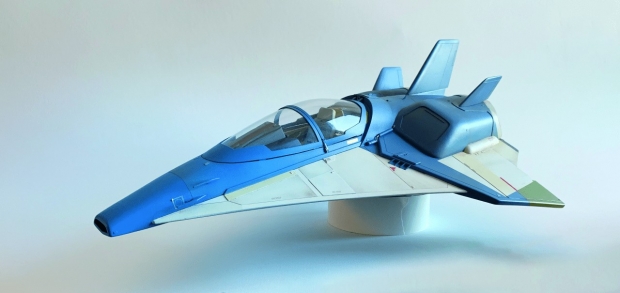

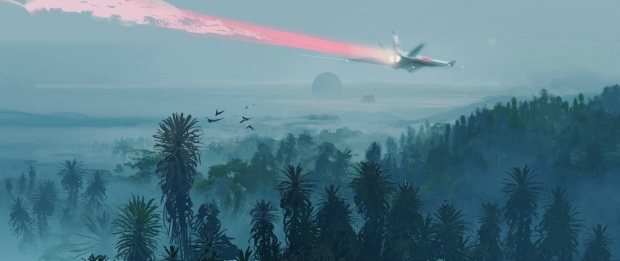

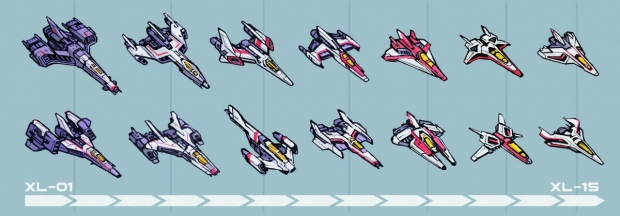
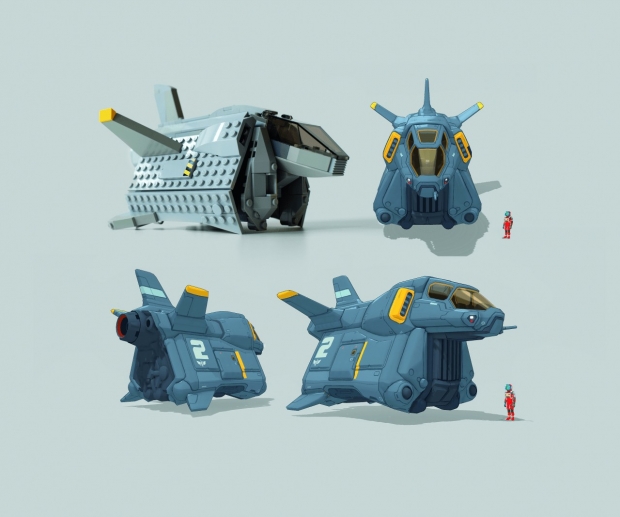
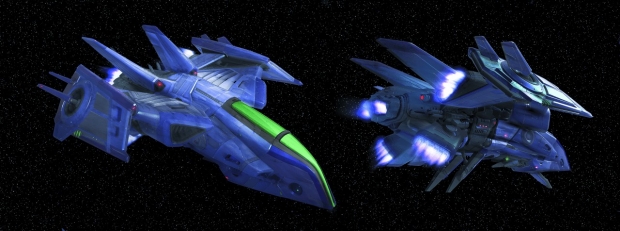
She adds, “The key silhouette features that you remember when you close your eyes and try to remember the toy are probably the helmet, the ball shoulder joints, the hard surface pieces, the knees and the elbows. So, with that information, then we build the human Buzz Lightyear with human proportions, modeling in detail with the art team, the director, the model rigging team, the animation team are all working highly interactively together in live working sessions. You really know you’ve nailed it when your five-year-old comes wandering from the side, looks at your screen, and goes ‘Oh! It’s Buzz Lightyear!’”
then crop down for their standard 2.39:1 format.
With so many ambitious design choices packed into a film many Toy Story fans will be viewing with excited and, very possibly, highly skeptical eyes, everyone in production is hoping their love for the Buzz Lightyear fandom shines through.
“[Lightyear] reminds me of films that I liked when I was a kid, where you just you know you’re in for a good time from the very beginning of that movie,” says Lasky. “But it really matters what the audience thinks and how they feel about it. I think we succeeded, and I’m hoping we did right by them, and that they walk out really excited and inspired and still thinking about the movie after they’ve seen it.”
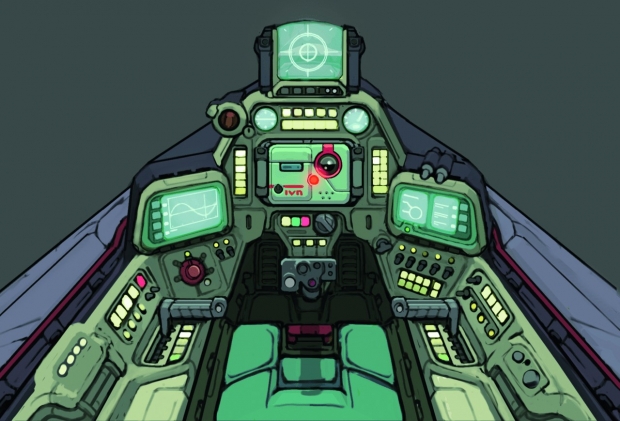
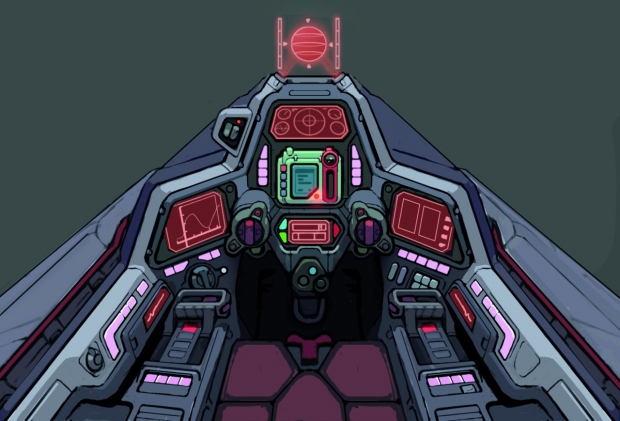
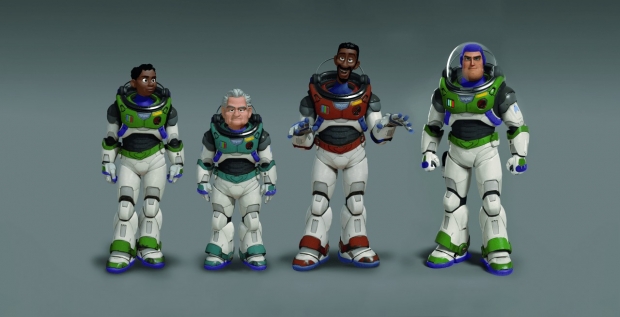

Of course, Kalal designed more space suits than the iconic green and purple suit, each of Buzz’s spacesuits having its own patch to match the mission. And Kalal’s approach to designing the suits wasn’t too dissimilar to Peltz’s approach to the spaceships.
“These ships needed to look like space-worthy vessels, with thick frames that would be able to withstand the vacuum of space and keep Buzz safe,” says Peltz, who also wanted to make sure that every model they built was designed with all the necessary parts that, if it was built in real life, would allow it to actually work properly.
This rule was practiced not only when it came to the toy-like ships or the enticing red buttons, but also with the space suits.
The Lightyear team went on a field trip to the Johnson Space Center in Houston, Texas, where they were able to get a detailed look at the vehicles, training aircraft, capsules, buttons, switches, dials, gear, and suits used in real space missions.

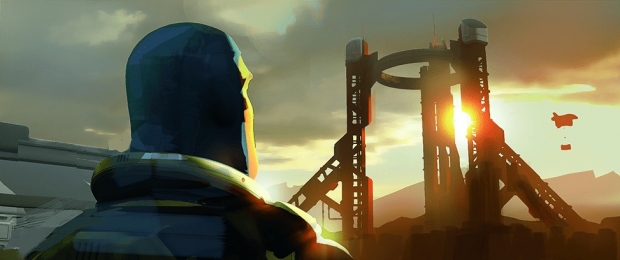

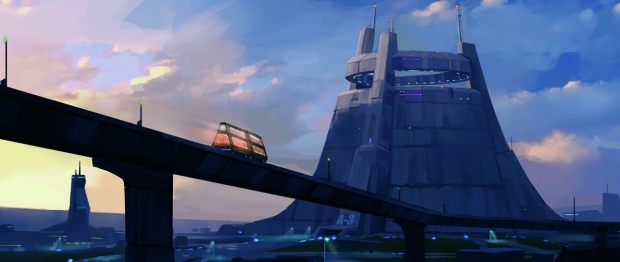
“We got to dig into research to learn how the first spacesuits were made, we got to talk to technical experts who designed spacesuits, we even got access to a tangible replica and got to put it on and feel what it feels like to wear one of those suits,” says Kalal. “And with all that information, we were able to think about how this spacesuit would progress over time, and finally end up looking like the Space Ranger costume that we all know and love.”
“If you look at the toy, it has intentional manufacturing seams and screws to make it look like it’s done at a toy scale,” notes Fran Kalal, tailoring and simulation supervisor, who tailored the dress for Merida in Brave and worked as the character tailoring lead on Incredibles 2. “Buzz’s suit in this movie has all sorts of modeling detail and paneling detail and fabrication detail that tells you that it was made by humans or a human. For example, where two tiny metal pieces intersect, some paint and some color gets rubbed off. It’s really cool and it’s a new level of hard surface modeling that our fans, I think, are going to love.”
Pixar Animation’s Lightyear, releasing in theaters today, June 17, is a sci-fi action-adventure origin story from Finding Dory director Angus MacLane cataloging the space adventures of Buzz Lightyear, the hero who inspired the toy. In the film, Buzz (Chris Evans), along with his commander and crew, have been marooned for the last year on a hostile planet 4.2 million light-years from Earth. All because of Buzz’s unfortunate mistake. As he tries to “fix” his error and find a way back home through space and time, he’s eventually joined by a group of ambitious recruits and his robot companion cat, Sox. Complicating matters and threatening the mission is the arrival of Zurg, an imposing presence with an army of ruthless robots and a mysterious agenda.
Victoria Davis is a full-time, freelance journalist and part-time Otaku with an affinity for all things anime. She’s reported on numerous stories from activist news to entertainment. Find more about her work at victoriadavisdepiction.com.
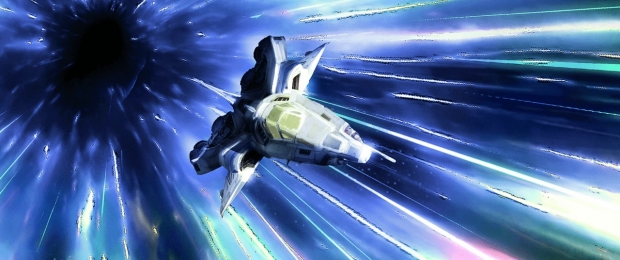
One of the first goals for the spaceships and vehicles of Lightyear was to make them “bulky” and “chunky” as Peltz puts it. This not only added to the retro, toy-like feel MacLane was aiming for, but also to make viewers believe this is truly a means of transportation that can survive the harsh world of space exploration.
One of those exciting details was the development of new weave patterns never before used in a film, featured proudly on Buzz’s space suit gloves during one of those “push-button” moments.
Among the many firsts Lightyear has brought to Pixar, it’s also the studio’s first film to have an IMAX production pipeline where the team created a virtual IMAX camera with 1.43:1 aspect ratio and developed a pipeline to allow them to simultaneously shoot the film for IMAX, and
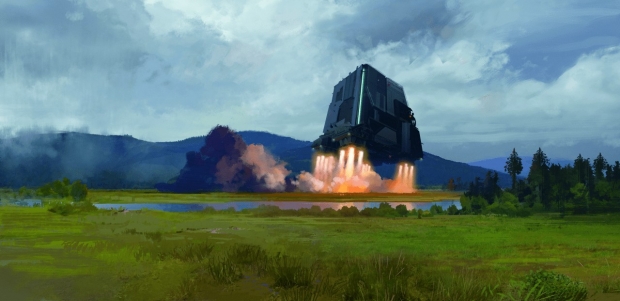
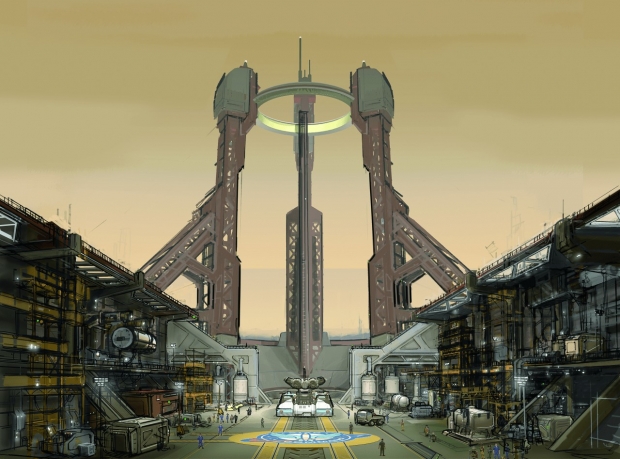
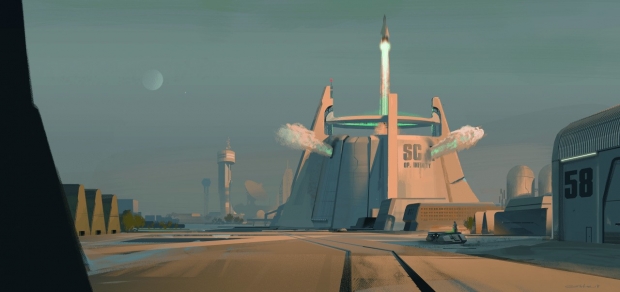
“The amount of detail we had to put into all these assets, that was a big challenge,” he continues. “I wanted this stuff to actually work as much as we possibly could manage. I wanted the landing gear to actually have a space in there that they would be able to fit into when they stow. We’re not just making them disappear.”
Highlighting the mechanical reality was one of the reasons Lightyear is, as Peltz says, a “push-button world,” packed with close-up shots of, as the phrase suggests, buttons being pushed, levers being pulled, and wheels being turned.
“My dad and I are model railroaders, so I think trains are at the center of that passion for me,” he notes. “They’re just these big, powerful machines that have a purpose and there’s something cool and dramatic and exciting about that. I also think of the Apollo era and The Saturn V rocket and just the raw awesomeness of something that huge doing something that big. Literally, millions of horsepower breaking free of the Earth’s orbit. I mean, that is just cool, right? Obviously, getting to work on a film that’s involving all those things was just the best for me.”
“It just facilitates awesome action that’s going to show up on screen,” he explains. “When the animators and the layout artists have all this stuff in the cockpit to be able to make Buzz play with – shoving throttles forward, pressing buttons and levers – and when you see somebody interacting like that with the machine, it shows that they are in charge and there’s a level of competency and awesomeness that comes through just with those small actions. That was something we were really keen on having in there.”
“Things needed to feel tactile, they needed to feel like they were constructed,” notes Jeremy Lasky, director of photography and a Pixar Animation veteran, beginning as a layout artist on A Bug’s Life and more recently serving as director of photography on WALL•E, Toy Story 3, Cars 3, and others. “Angus wanted to make sure it looked like there were seams where there would be seams, and he would often talk about, in the modeling process, how there’s no way they could have made that thing out of one piece. So we have to make it feel like it was lots of things put together in just the right way. That’s very different than how we normally build things. And that took a ramp up for the crew.”
“The gloves on this movie are next level because we knew we were going to have all those insert shots with button pressing and toggle switching, and number dialing,” says Kalal. “There’s cloth between the gloves with new weaves that we’ve never seen before because we’re not locked to just the human planet of cross weaves. And the model shading detail on the gloves is out of this world. It really holds up to super big on-screen presses. In fact, it holds up super well in IMAX.”


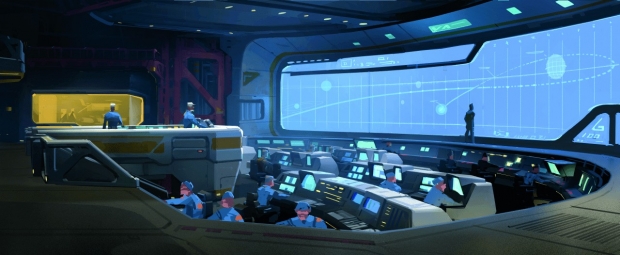
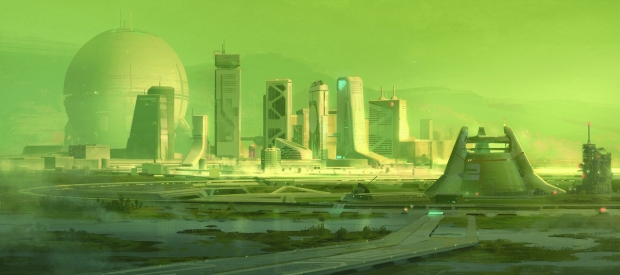
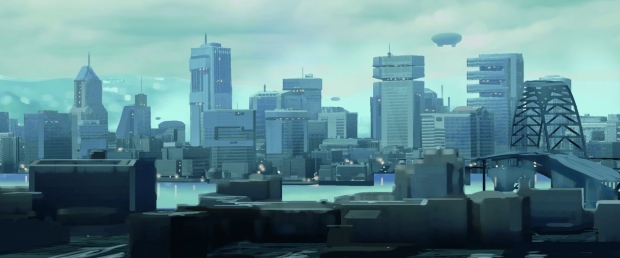
“This isn’t Pixar’s usual bread and butter, so I’m just pleased as punch that this is something that we’ve done now, something that’s gritty and real and dramatic and cinematic and beautiful,” says Peltz. “All our movies are just such a blast to work on. But, in terms of the stuff I get passionate about, it’s definitely this movie with all the vehicle-heavy, hard-surface built stuff. So, if we end up making more, I definitely won’t be complaining.”
“Especially for all of us designers and modelers, we’re almost making our own sandbox of toys to play with digitally,” says sets art director Greg Peltz, previously known for his visual effects work on Pixar films like Coco, Up, Inside Out and Incredibles 2. “Of course, it’s more serious than that would lead you to believe. There’s a lot of work involved trying to make everything right. But, at the end of the day, when I’m approaching a design for a spaceship, or a set piece, or a robot or a vehicle or whatever, I’m just going to approach it as, ‘What’s something cool, that would be exciting to me, that I would want to have the model of on my own desk?’”
The team was also fervent when it came to creating a world that audiences would want to reach out and touch.

Kalal continues, “What I love so much about animation as an art form is that you can take it in so many different directions. You can take it to hyper-realism. You can take it to painterly. You can take it to stylized. You can take it anywhere that you want to go. And I think this film has a really cool vector that it travels, where we’re telling a story about human Buzz Lightyear and his human friends, and we get to experience that level of realism and that level of contrast.”
